Over the last decade, we have seen the simple communication devices in the palm of our hands turn into full-fledged, all-powerful multimedia machines. The evolution was gradual, of course, and now, looking back, it all seems quite unfathomable.
The current generation of smartphones has the most polished internals. The flagships are capable of handling pretty much anything you throw at them, while the budget offerings are also growing stronger by the minute.
With so many offerings to choose from, one could argue that the smartphone industry doesn’t necessarily need a revamp for the next couple of years. However, power-hungry manufacturers have already started traversing towards a more “flexible” future.
In comes Foldables
AMOLED panels are quite standard in modern-day flagships, and we can’t practically ask for a better display in the hand-held form factor. So, the companies are hashing out ways to increase screen real-estate without taking more space in your pocket.
Samsung Galaxy Fold
One of the leading smartphone manufacturers in the world, Samsung, has been the first to join the foldable devices party, introducing the revolutionary Galaxy Fold. Its first iteration, which was set to launch in April 2019, met with some fatal inconveniences before launch. There were some grave concerns about the phone’s plastic display and hinge, which forced Samsung to push the release to September 2019.
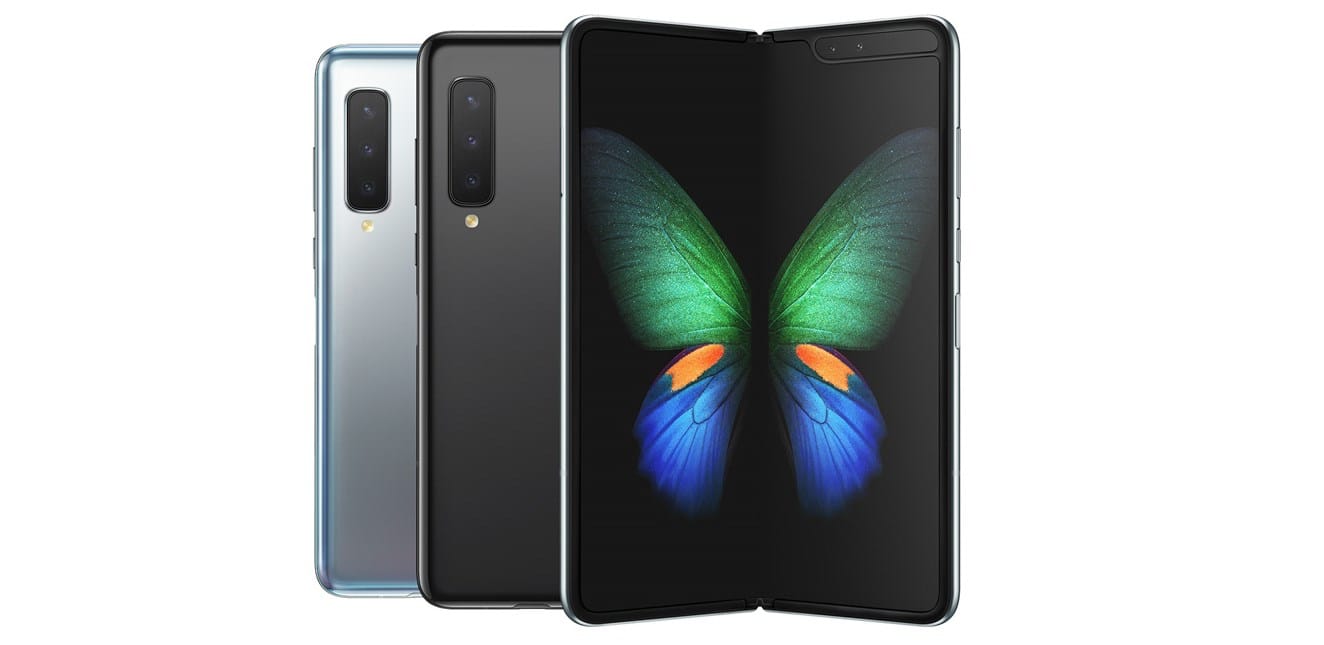
Flaunting two displays — 4.6-inch Super AMOLED cover display and 7.3-inch Dynamic AMOLED primary display — and industry-leading tech, the $1,980-device has proved why Samsung is hailed as one of the best in the business when it comes to innovation. The phone, of course, is the company’s most premium offering to date, meaning there won’t be many bookings for the unique flagship.
The device, too, has gotten mixed reviews from users and experts. While many have heaped praise on Samsung for packing bleeding-edge tech, some have also voiced dissatisfaction over its rather boxy and “old school” appearance. The South Korean OEM, on the other hand, has kept faith in its design cues and believes it is the only way forward. As expected, the first-gen of Galaxy Fold has its fair share of flaws, so, before splashing out big (biggest) bucks, we must think about the possible drawbacks.
Motorola Razr
The last few years haven’t been too kind on Motorola. With the emergence of a plethora of young-blooded companies, the company has slipped down the pecking order and is now primarily known for its midrange offerings. Thankfully, Motorola’s questionable market share hasn’t kept it from trying its hand at the most premium segment of the market.
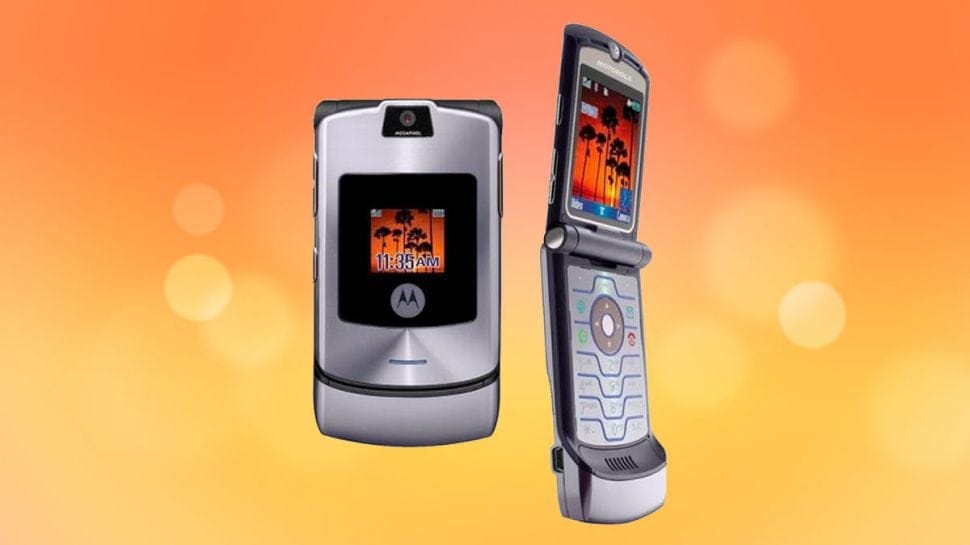
In the early 2000s, when Motorola first introduced its razor-sharp Razr lineup, smartphones used to a thing of the distant future. We didn’t care much about processors, RAMs, and AMOLED panels, we mostly looked for the bare minimum features, a unique design, and an affordable price tag. Moto Razr, which undoubtedly was the most beautiful piece of machinery in the smartphone industry at the time, has made an unexpected comeback, and we can’t help being a little nostalgic.
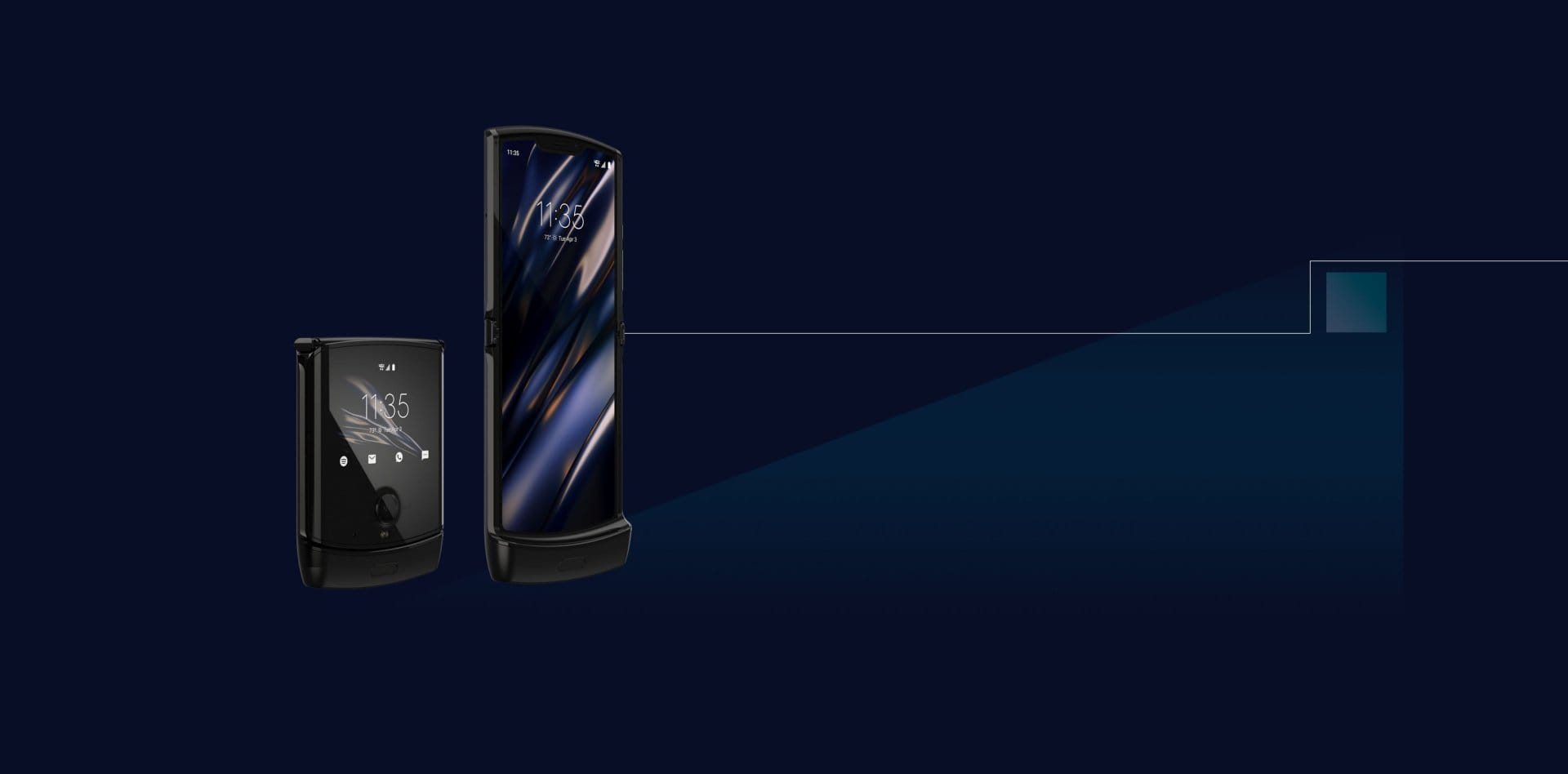
Motorola, despite what the sales report suggests, is a smart company. They are more than aware of what a hint of nostalgia can do, and they are banking on it to get a sizable chunk of Moto Razr preorders. Now, if that stands true, Motorola should get a good idea of what to expect in the coming years. Sadly, despite Razr’s signature jaw-dropping looks, we have been left disappointed with what’s under the hood. Powered by Snapdragon 710, coming 6GB of RAM, and packing 128GB storage, the spec-sheet doesn’t scream “flagship” as you’d expect.
For a $1,500 device, the spec-sheet is mediocre at best, but, so far, Motorola’s nostalgia filter seems to be working like a charm, also aided in equal proportion by the seemingly perfect design and form factor.
Huawei, Xiaomi and the Others
Huawei Mate X is another exciting device worth checking out, but due to the Chinese OEM’s ongoing battles in the United States, the device isn’t expected to get even tenth the reception of Moto Razr of Galaxy Fold.
As mentioned earlier, affordable smartphones have become noticeably powerful over the last few years. And not many companies have had the impact Xiaomi’s had. Yes, indeed, the company doesn’t have a very strong foothold in the United States, but importing devices from China and India is also a legit option for many.
As per various reports, the company is also looking to dip its toe in the foldable segment. Xiaomi reportedly filed a patent for a foldable, Moto Razr-esque device, last year, and is currently working on making the device come to life. We don’t have any official images or a release date for the same, but it shouldn’t take much time for the Chinese giant to make a grand announcement.
So, Should You Care?
The world of smartphones is changing, once again, and we’re yet to determine if it’s for the better. While the vertically foldable form factor (Moto Razr) bumps up the beauty and portability quotient, it doesn’t offer much screen real estate over the devices we have in the market. But then, do we really need more screen space over the convenience of a practical form factor?
Galaxy Fold-like devices, on the other hand, offer a tablet-like experience, but the boxy design and unreliable edges might throw a few people off. And yet, it didn’t offer much screen space either with its 7.3″ display — both the OnePlus 7 Pro (6.67″) and Galaxy S10 5G (6.7″) get you nearly that screen size but in a much more useful way.
If you are an avid smartphone enthusiast, you’ve probably made up your mind about getting the most happening piece of tech on the market. But if you consider yourself to be a sensible consumer, you’d probably be better off waiting for a year or two before deep-diving into the world of foldable smartphones.
The companies are still figuring out ways to get the balance right, finding the formula that would lure more customers. And until they find a magic potion that makes us happy, it’s probably better to keep loving your current smartphone and save up for the inevitable plunge into the future.


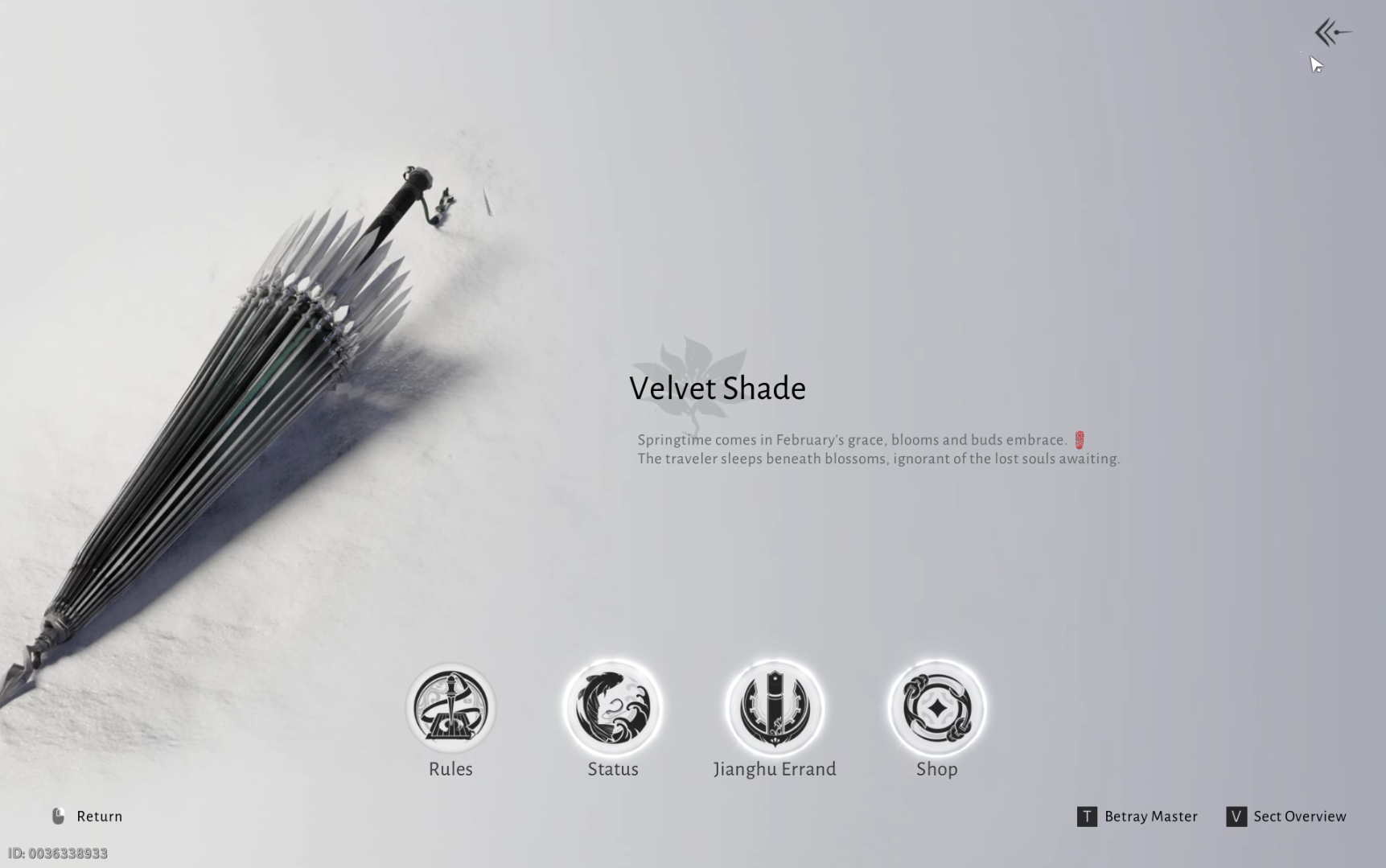







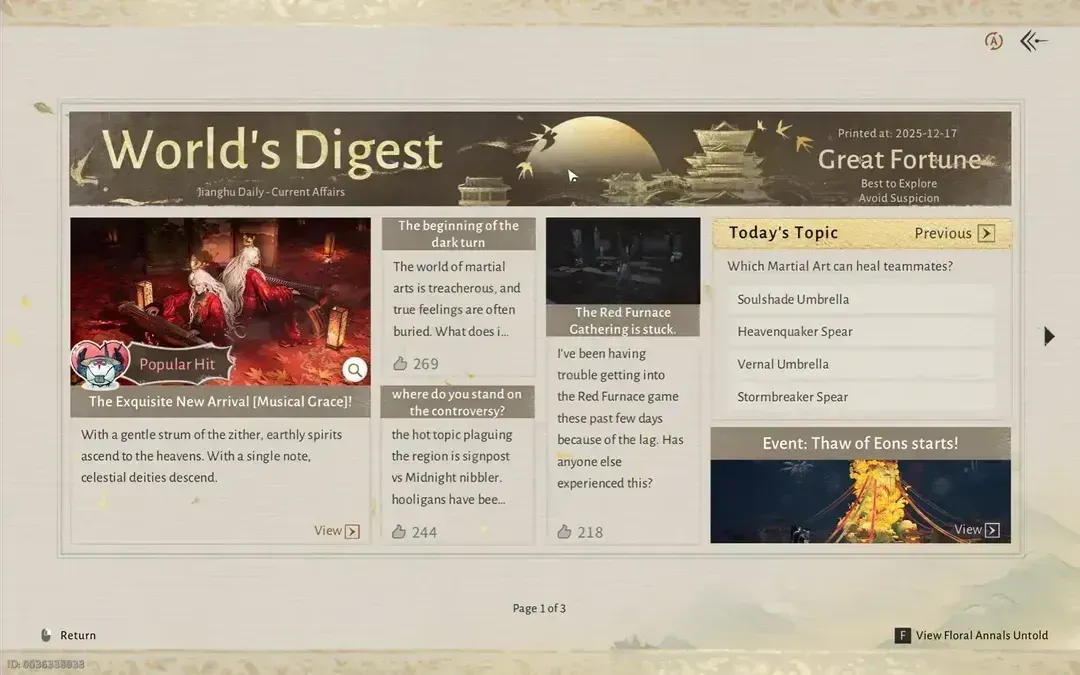
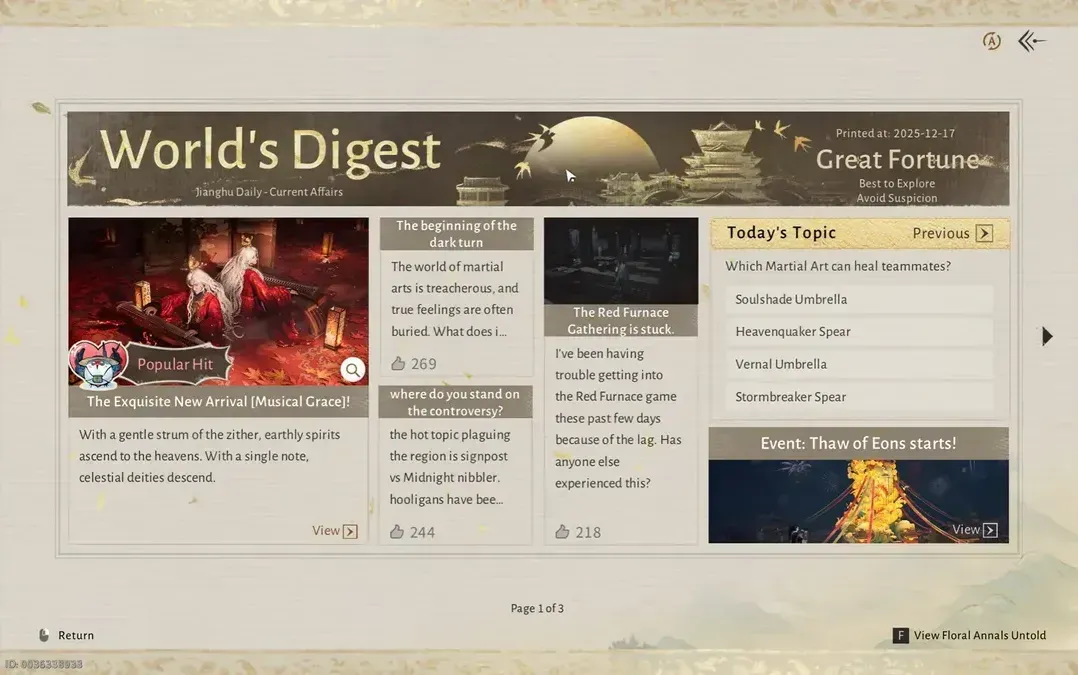

Discussion